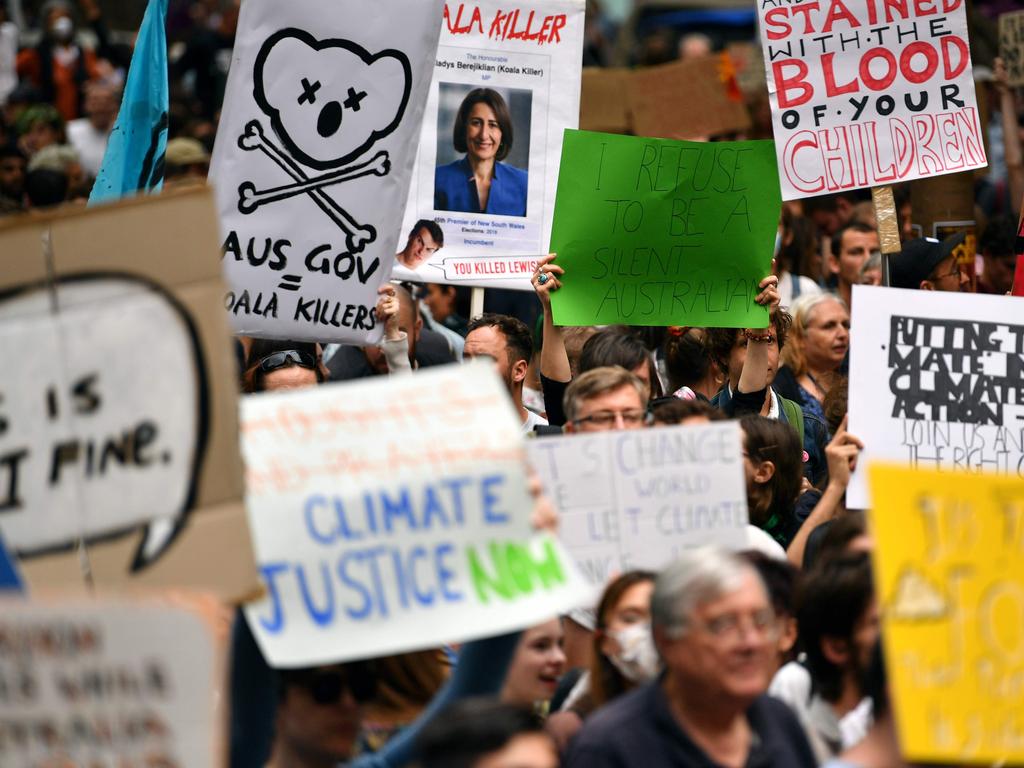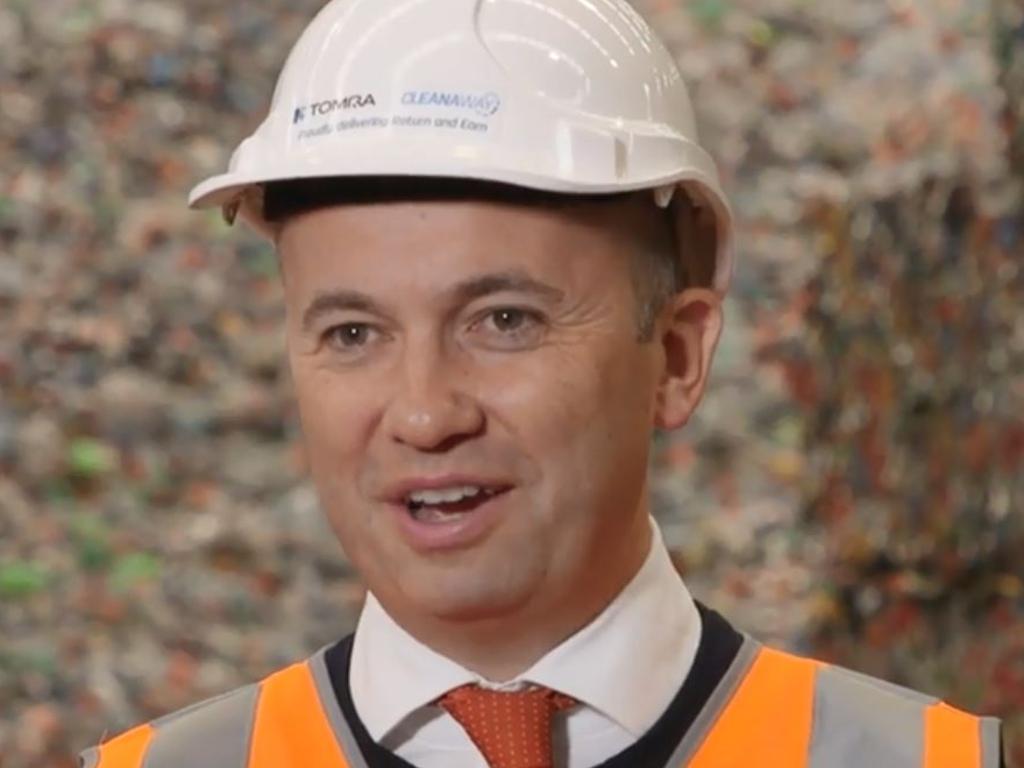Weather: Heatwave set to break records across the country
Australia-wide temperatures up to 12C above average are set to break records with Queensland bearing the brunt first.

Brisbane has sweltered through its equal-hottest December day on record.
The temperature hit 41.2C in the CBD on Monday, which equalled the record set in 1981.
That figure was reached at a different location to the current bureau monitor, which was moved in 1994.
Several areas west of Queensland’s capital also recorded 40C temperatures. Gatton reached 43.2C while the Ipswich suburb of Amberley reached 42.2C. At Beaudesert temperatures topped 41.1C, while Archerfield, just west of Brisbane, got to 40C.
The Bureau of Meteorology said the southeast corner will see a slightly cooler change for the rest of the week, with Brisbane’s maximum on Tuesday to drop to 30C.
But other parts of the state can expect a scorcher.
Birdsville hit 44C on Monday and the mercury is expected to rise to 47C on Wednesday before levelling off and sitting at about 45C for the rest of the week.
“We have very hot temperatures across the interior and the southwest, continuing right through this week,” meteorologist Lauren Pattie told media on Monday. Little rain is forecast across the state for the rest of the week. Meanwhile the Queensland Fire and Emergency Service has extended its fire ban in the Brisbane City, Redland City and Moreton Bay Regional Council region to run until midnight on December 30.
.
Hot conditions will reach Adelaide tomorrow, which is set to climb to 40 degrees, before hitting Sydney and Melbourne later in the week.
The scorching temperatures come as residents in the regional Queensland community of Mount Maria, about 75 kilometres north of Bundaberg, have been told to leave their homes as a bushfire fast approaches.
Residents living Tableland Road, between Cross Road and Hills Road have been told to travel north towards Miriam Vale, 70km south of Gladstone. Significant damage is expected and lives could be put at risk if shelter is not taken, the Queensland Fire and Emergency Service said.
Multiple towns across the state are watching fires closely after being told to prepare to leave.
Residents at Gregory River (north of Childers), Upper Kandanga (west of the Sunshine Coast) and Kumbarilla State Forest (south west of Dalby) are all on alert.

Bureau of Meteorology forecaster Kimba Wong said the heat is being caused by a high pressure system that has been building through the past week.
“The interior of the country is turning into a bit of an oven,” Ms Wong said. “There is a potential for an Australia-wide record to be broken.”
Temperatures in southeast Queensland are sitting between 10 and 12 degrees above December averages. Gatton and Warwick, west of Brisbane, and Gympie, north of the Sunshine Coast are among towns expected to break December heat records as temperatures push above 40 degrees.
Total fire bans are currently in place in Brisbane as hot, dry and windy conditions heighten fire risk through the south east and central Queensland. Several regions, including the Southeast Coast and Wide Bay and Burnett Regions, are under severe fire warnings.
The Queensland Department of Health has warned people to stay indoors and avoid strenuous exercise.
NSW
The Bureau of Meteorology has forecast severe heatwave conditions for most of NSW throughout the week.
Ahead of the soaring temperatures, Western Sydney Local Health District on Monday warned residents to keep well hydrated and cool to avoid heat-related illnesses.
The public was asked to check in on elderly friends, neighbours and relatives. Forested areas on and east of the Great Dividing Range will continue to see above-normal fire potential this summer due to forecast warmer and drier conditions across the state, the Bushfire and Natural Hazards Cooperative Research Centre said.
SOUTH AUSTRALIA
Temperatures in Adelaide are forecast to reach 40C on Tuesday, 42C on Wednesday, 41C on Thursday and 44C on Friday, before cooling to 26C on Saturday. “The record for South Australia in December is 49.1C in Moomba back in 1972,” senior forecaster Paul Lainio said on Monday.
“We need to get up to those sort of levels to see records. It is possible, though, in some of those locations in the West and North of South Australia.”
with AAP







To join the conversation, please log in. Don't have an account? Register
Join the conversation, you are commenting as Logout